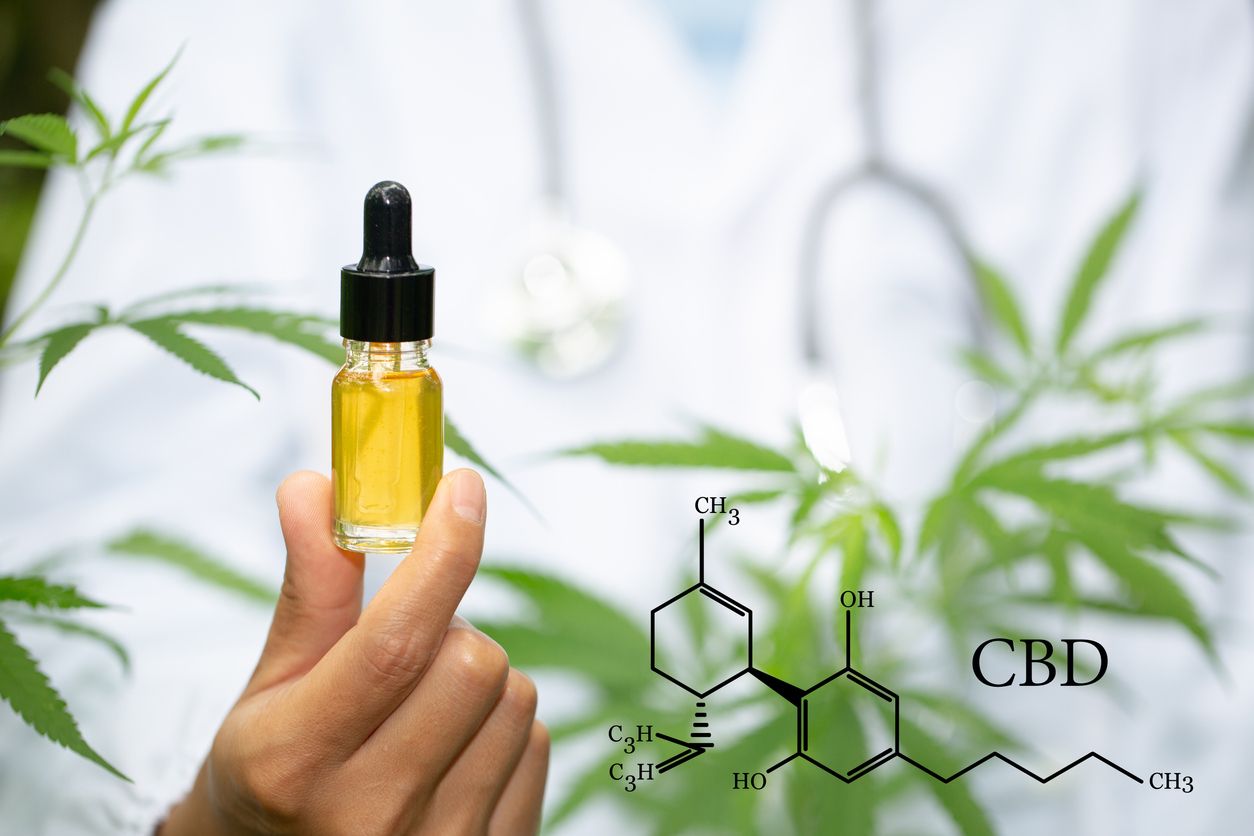Global study reveals cannabis resin has increased in potency by 25%

It’s not the first we’ve heard about the rising potency of pot products. Still, now that we’re perfecting various methods of extraction, it’s time that we focus a bit more on the evolution of cannabis extracts over time. This can help us to gauge out of date recommendations and guidelines to give us a much better understanding of what’s to come. Of course, this kind of cannabis study can take many years to perform with accuracy, but lucky for us, one research team set out to discover these answers 50 years ago.
The study
Researchers at the Addiction and Mental Health Group, working out of the University of Bath, looked at documented information regarding over 80 000 samples that have been gathered from several regions, including New Zealand, United Kingdom, France, Italy, Denmark, Netherlands, and the United States.
Results
The results of this study were published in the journal Addiction, and it seems that the experts discovered that the intoxicating cannabinoids that are found in cannabis resin, aka hash, have significantly changed over the last 50 years.
Herbal cannabis – The flower of the cannabis plant increased in concentration by approximately 14% between 1970 and 2010, driven mainly by an increasing variety of more potent strains of cannabis.
Cannabis resin – Between 1970 and 2010, cannabis resin has increased potency by around 24%, which is an incredible 10% higher than flower.
What this means
In the case of the substantial increase in potency of cannabis resin, the average jump for each year is an amazing 5mg. Since, for many, 5mg is large enough of a dose to feel the effects, this is a pretty steep increase that has a significant impact on the strength of the experience that so many consumers know and enjoy today.
A need for harm reduction strategies
Many cannabis researchers fear that this abrupt change in potency means that we need to seriously rethink our harm reduction strategies in preparation for what will inevitably be an even stronger market of pot products. Right now, because societal views are shifting towards cannabis, experts have seen an uptick in the number of consumers who are flooding the market with brand new requests to try the substance, as well as an increase in hospital room visits for overconsumption.
Is this a reason to worry?
This all might sound a bit scary, especially with all that we have learned about the potential for addiction to cannabis. Still, the thing we need to consider as both consumers and experts is whether or not we can expect this same sort of increase in the near future. The reality is that over time we have built a greater understanding of cannabis and how to harness its benefits, which is why we can now make THC crystals and other potent pot products that contain up to 99.9% of the psychoactive cannabinoid.
Though we can surely expect to see slightly more potent cannabis strain very shortly, the amount that they increase by isn’t going to be anywhere near as significant as it was over the 50 documented years of this study. Even if it was, it wouldn’t be much different than what so many consumers in legal regions have access to today. Though harm reduction strategies certainly have a place, when all is said and done, this is more of a documentation of the rise of cannabis than it is a peek of what’s to come.


